Mission failure
In Friday evening (2018-05-03), GEO-1 suffered heavy water ingress to both the solar panel as well as the electronics (both Arduino and elecrolytic caps voltage stabilizer).
This is a mission failure event, there's no way around that.
Analysis
The packaging tape used (to make the GEO series even cheaper for others to copy) failed due to a combination of heat, water and UV radiation, making it brittle and also making to sticky part go white and non-sticky.
In short, i used too cheap a material that was not suited to this kind of application.
Lessons learned
Don't use packaging tape where it ius exposed directly to the sun. It will still be useful in some applications, where it is not exposed to the elements.
Another lesson learned is that i need to be much more agressive when waterproofing my designs. Multiple layers of waterproofing are mandatory.
Replacement GEO-1B satellite launched
With the salvagable parts (the Arduino from GEO-1 but not the voltage stabilizer board), the GEO-2 solar panel as well as enough duct tape and a recycled vanilla milk bottle i rebuilt GEO-1 as GEO-1B.
GEO-2 is now destined to get a Generation 2 solar panel with enhanced waterproofing instead.
Expected lifetime of GEO-1B, due to using a dried out and recycled Arduino board as well as a Gen. 1 solar panel (enhanced by adding lots of duct tape) is about 3 months, so this replacement mission will be defined with a Primary mission time of 2 months, with a possible extended mission time of a year.
Geo-1B Photos
Ready to go into its new waterproof housing:
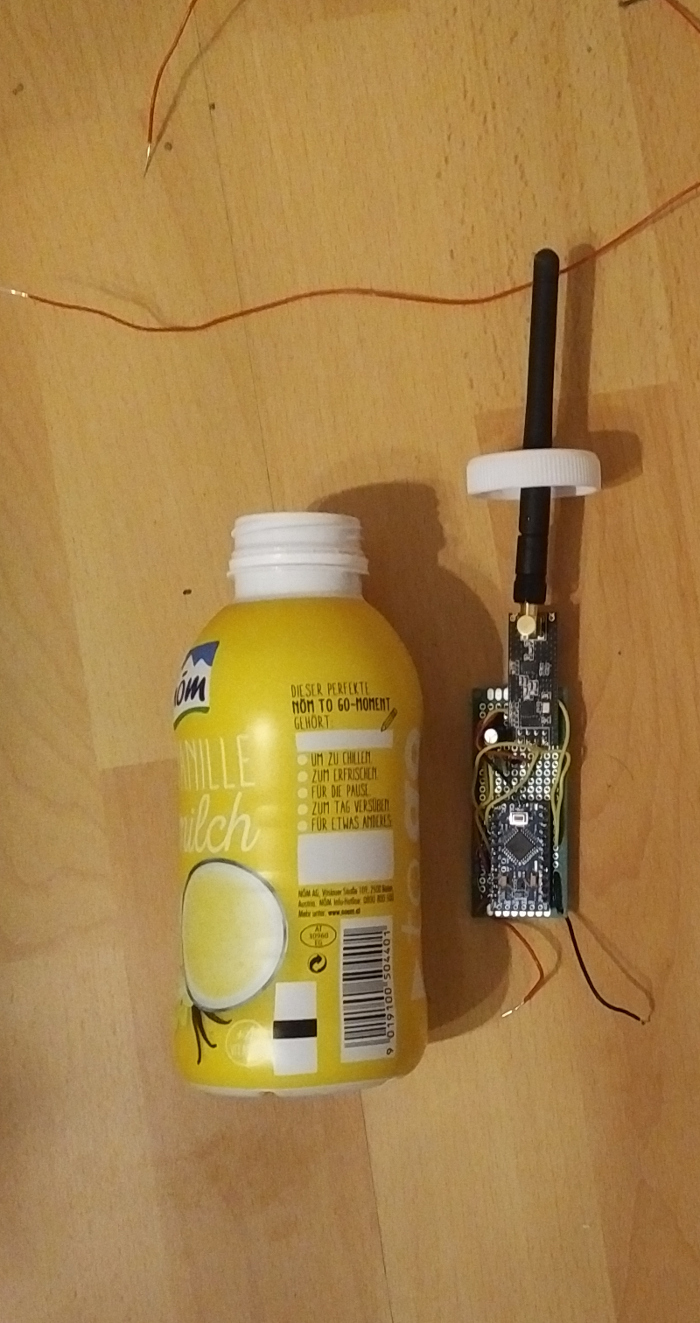
Drilled holes in the plastic bottle cap:
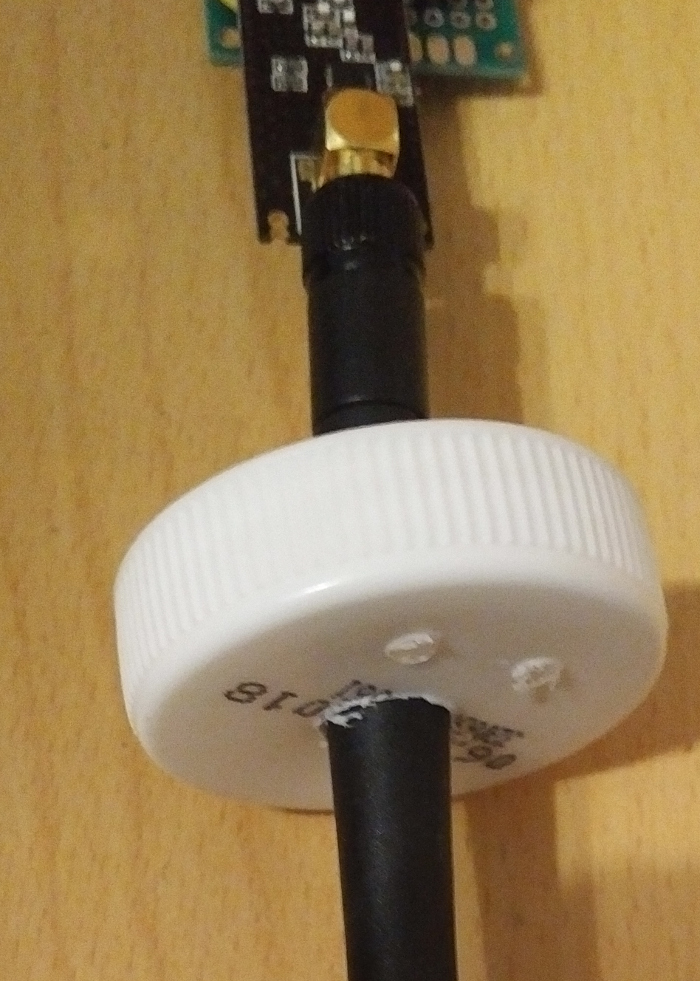
Sealing everything up (using a 5 year old tube of "Pattex" superglue):

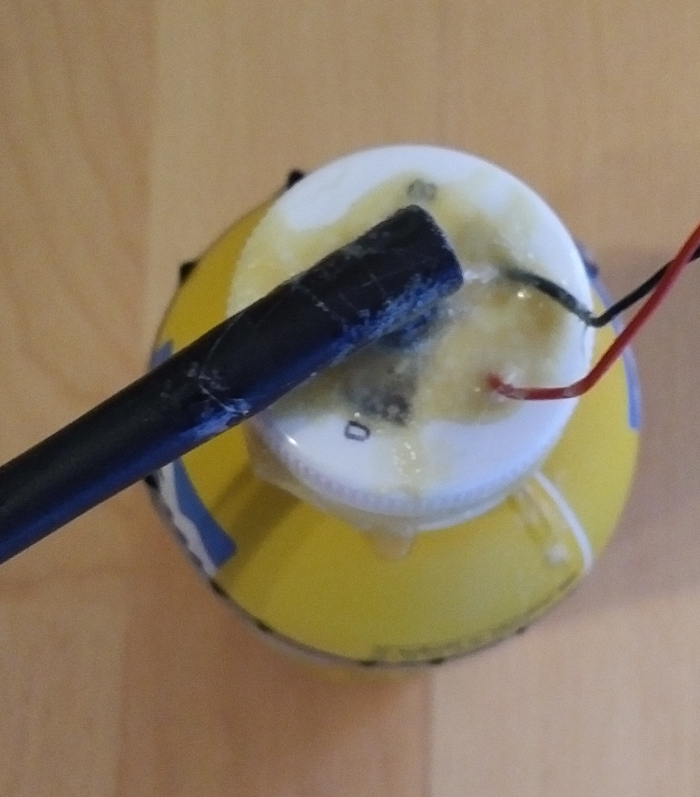
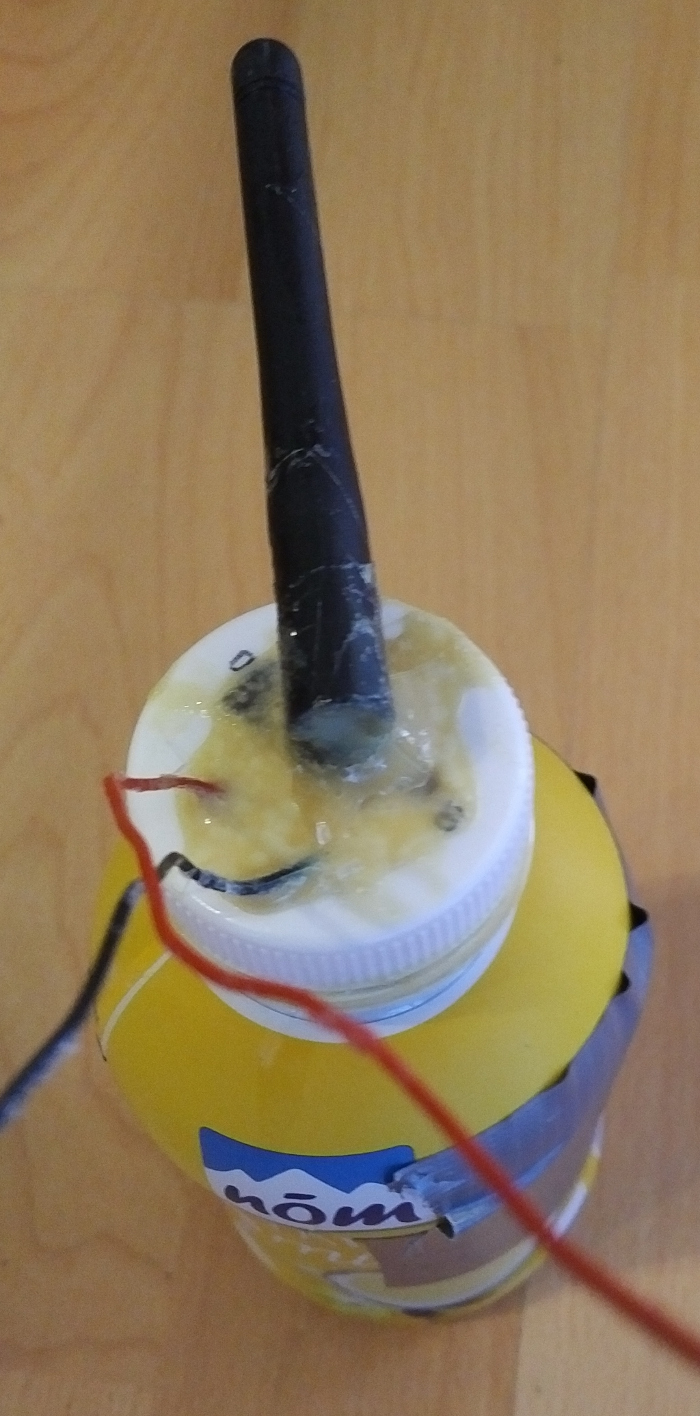
The newly sealed solar panel and backboard "borrowed" from GEO-2.
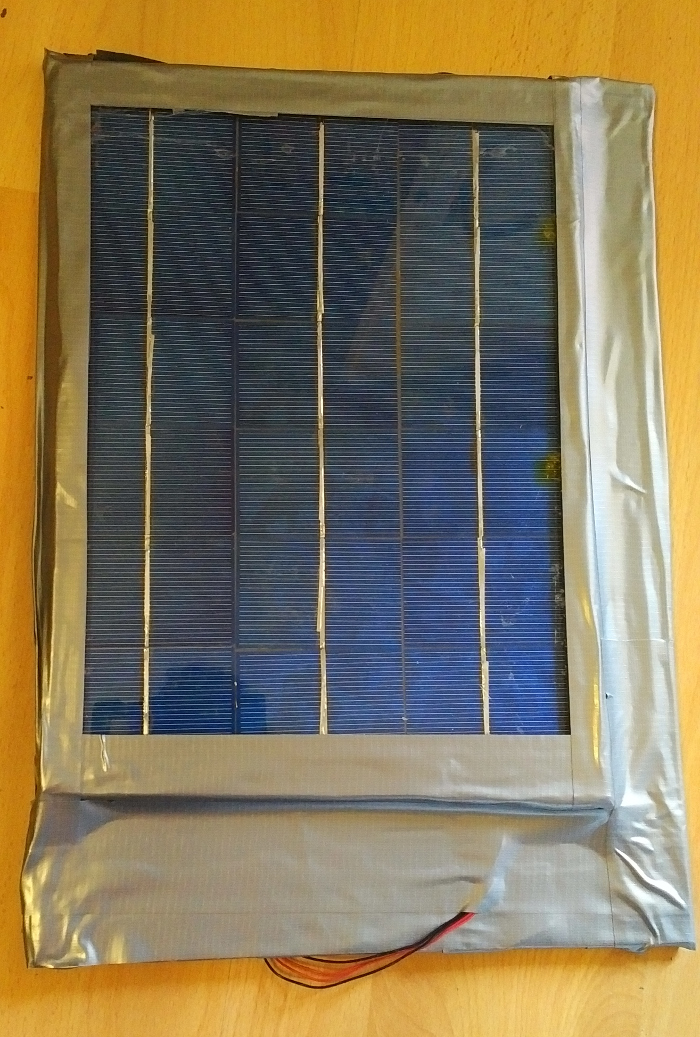
Ready to go up that tree geostastionary orbit:

Orbit reached:
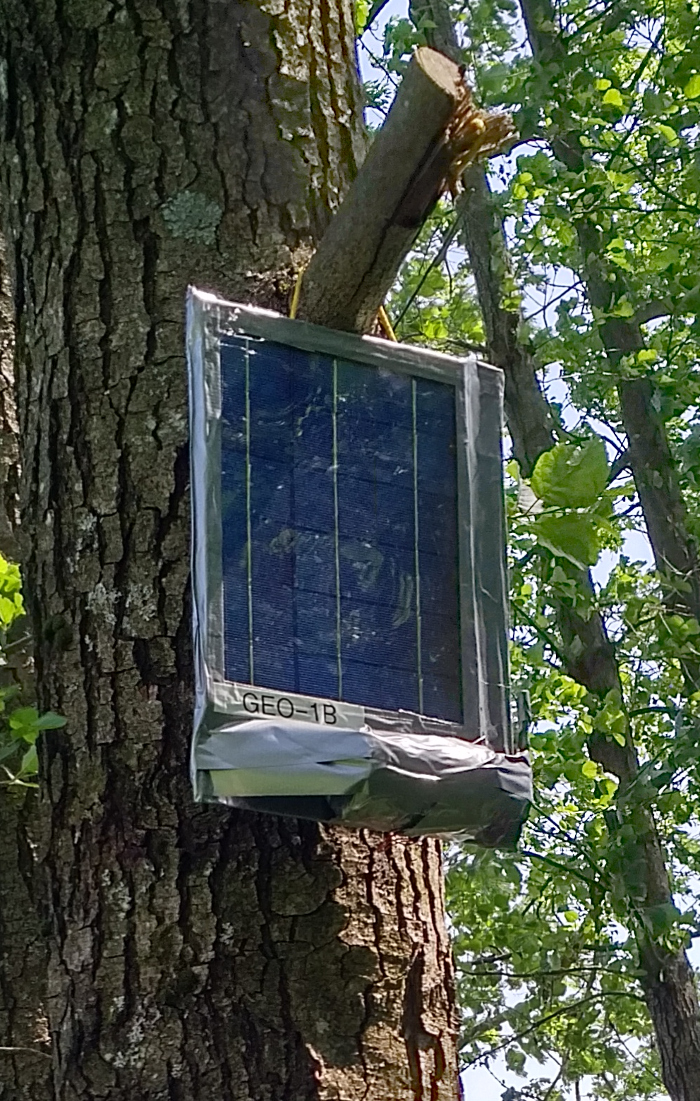
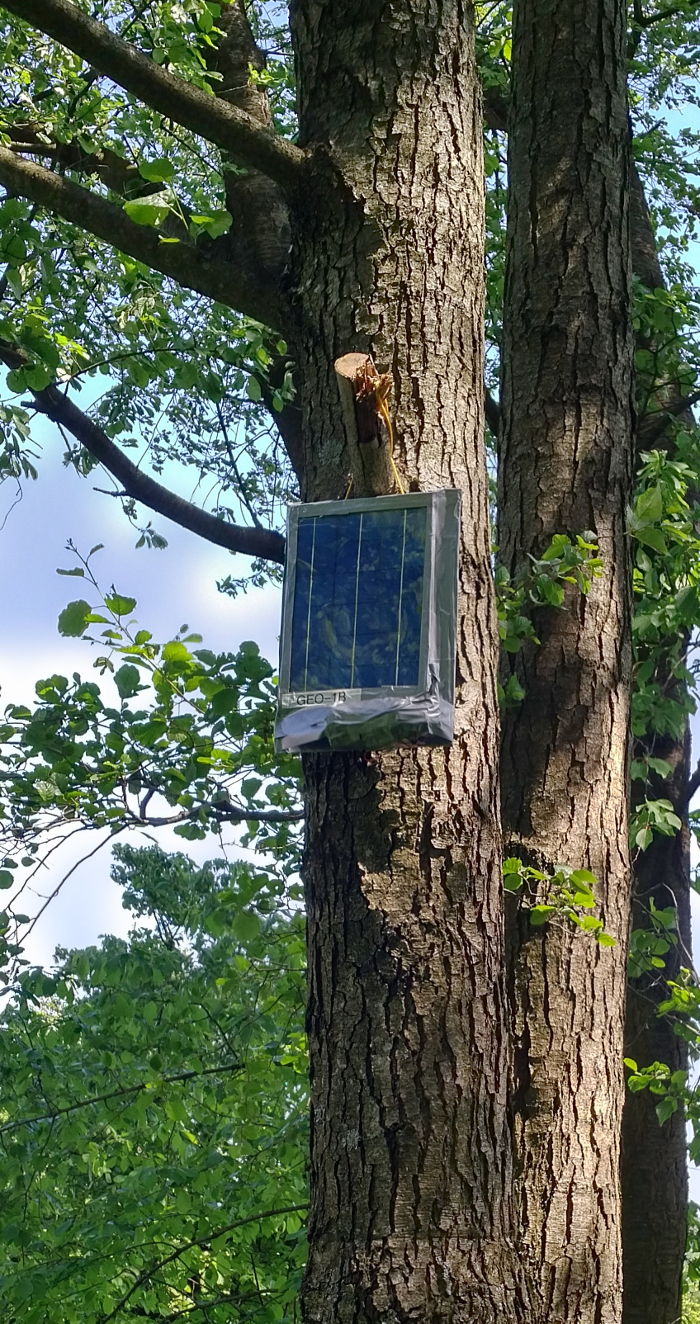
Live view
I added a new "Live view" feature for the GardenSpaceProgram. This may not always be up to date (or even show any data at all). It depends on the communication from the probe as well as the stability of my home internet connection. Basically, after my home server decodes the frame, it sends it to my public server (the one you are reading this blog on).
You don't have to reload the live view page, it updates automatically via websocket when new data comes in.
|


